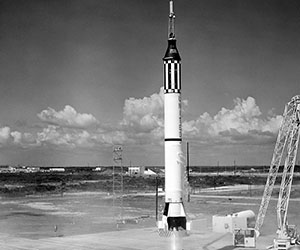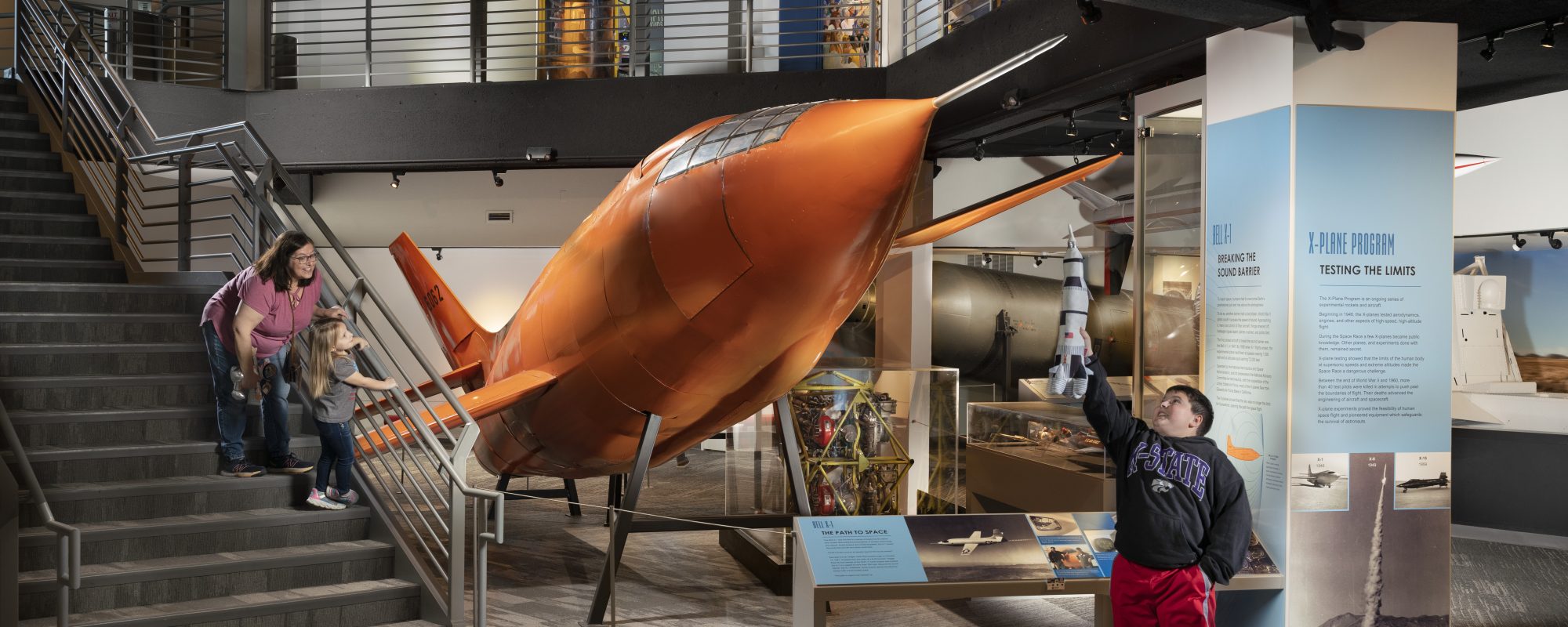Happy 60th Anniversary to the suborbital mission – Alan Shepard’s Freedom 7!
“Roger, liftoff, and the clock has started!”
On May 5, 1961, astronaut Alan Shepard became the first American to go into space!
Liftoff from Launch Complex 5 (LC-5) took place at 9:34 a.m. ET, and the flight of Freedom 7 lasted 15 minutes, 28 seconds. America’s first foray into human spaceflight was this quick, suborbital mission. Freedom 7 reached an altitude of 116 miles and flew 303 miles downrange over the Atlantic Ocean. Shepard experienced 11 times the force of gravity during reentry on this flight and reached a top speed of 5,134 mph.

Getting off the ground took a little bit longer than was planned; numerous holds caused the launch time to slip. NASA hadn’t planned for delays like this, which put Shepard in a precarious position regarding restroom use. There was no provision for a bathroom facility inside the cramped capsule. Eventually, Shepard ended up relieving himself inside his pressure suit. Thankfully the suit’s airflow meant that he dried out before launch, but dang, that must have been quite uncomfortable in the moments before launch. I don’t blame Shepard for wanting to “light this candle” and get on with the mission.
Shepard’s flight came just 23 days after the first flight into space by any country, when Yuri Gagarin completed one orbit of Earth. Shepard’s flight may not have been an orbital one, but it started the clock so to speak, on human spaceflight for the United States. Shepard trained for a Gemini mission after this historic flight, but a condition with his ear, Ménière’s disease, grounded him from that Gemini flight. He underwent an experimental surgery that fixed his condition, allowing him to fly on Apollo 14.
Did you know: NASA research mathematician (and Hidden Figure) Katherine Johnson did trajectory analysis for the mission?
Picture credit: NASA


